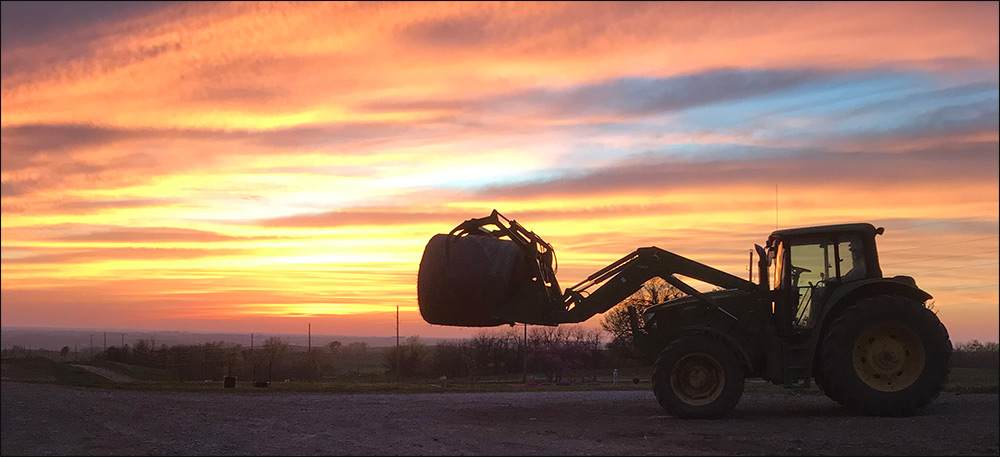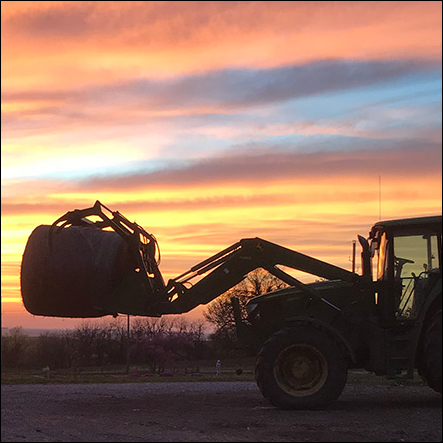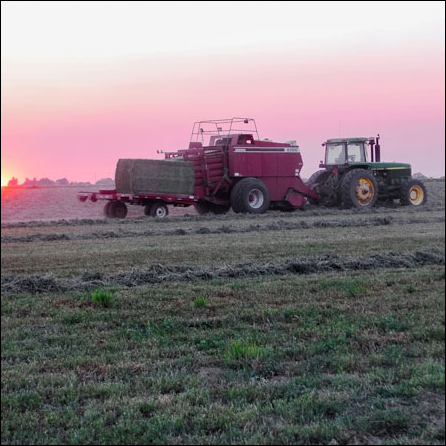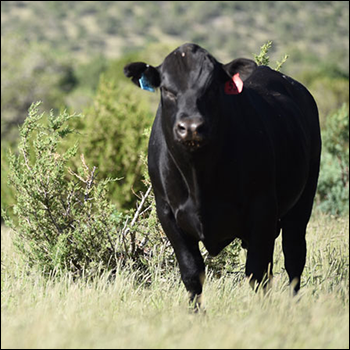
Comparing and Pricing Forages
Before buying ‘cheap feed,’ make sure it is cost-effective when creating balanced rations.
Drought and generally dry conditions have challenged the feed availability for many livestock producers. With this challenge is the potential increase in demand for forage products and a wide range in the nutritional quality of the forages for sale.
With feed costs accounting for 50%-75% of the total cow costs for the year, controlling this cost is a critical profit component for the producer. Before purchasing hay, alfalfa or silage, a feed analysis and a price comparison between forages ensures the feedstuff meets the operation’s required quality and quantity needs at a profitable price.
Producers need to be able to answer the question: “Do I have enough bales to create a balanced ration [that] meets the nutritional requirements of my cow herd through each gestational stage and postcalving, and what kind of supplementation (if any) is needed?”
Samples must be taken and submitted for analysis to determine feed quality. The adage of needing to measure it before you manage it is valid here. Many factors can affect the quality of grass hay and alfalfa harvested during the summer. To create a balanced, low-cost ration, you should know the value of the total digestible nutrients (TDN) and protein levels in the forages considered for the diet.
This knowledge allows the producer to plan for additional hay, cornstalk, alfalfa or other forage purchases, as well as nonforage supplements that may be needed to meet the nutritional needs of mid- and late-gestation cows and postpartum cows.
Compare the following sample forages
Forages vary in price, dry matter and quality, as noted in the sample forages in Table 1. Thus, creating a balanced, low-cost ration can likely be done if time is taken to submit samples for analysis and then work through the feeding options available. For comparison, three forages are used in this example. The cost per ton, dry matter, crude protein and total digestible nutrients (TDN) vary for each sample.
At first glance, the $60-per-ton savings for the grass hay compared to alfalfa appears to be a solid economic decision. However, if protein is the required supplement, alfalfa is a better option. On a TDN comparison, corn silage is the most cost-efficient feed in this example, provided other feedstuffs can be purchased to balance the protein needs of the animal. By inventorying the feed on hand and analyzing the feed needed, producers can determine what, if any, additional feedstuffs are needed.
Determining hay prices
There are different methods available to the seller of hay to price forages. Input costs would provide a lower bound or minimum asking price for hay. Market forces and quality levels also need to be considered.
Cost of production
Before pricing forages, producers need to understand the cost of growing a ton of hay, alfalfa or straw. Determining your cost of production ensures that sales are not made below a breakeven selling price. Land (ownership expenses or rental rate) and equipment (both ownership and operational) charges will cover most of the costs of producing these forages. In the case of grass hay and straw, the seed cost is minimal, or in the case of alfalfa, the seed cost is generally charged to the establishment season only. If small, square bales are put up, labor may be a significant component when determining production costs. Other costs may include twine, fertilizer and its application, and insecticide and its application.
Custom rates
Determining the actual cost of production may be difficult for the forage enterprise, as costs can be more ambiguous than items like seed, fertilizer and chemicals readily available on a per-acre rate. Keeping a log of the number of gallons of fuel used during windrowing, raking, baling, loading and hauling is one method to break down total gallons of fuel used into a per-acre value. Labor hours could be tracked similarly. Iowa State Extension publishes a yearly custom rate guide, and it is another resource for those determining the value of their forage production costs.
Weekly summary reports
The Agricultural Marketing Service (AMS), a division of the USDA, publishes weekly summaries of hay markets across the nation. View individual state or auction market information at the AMS Hay Reports website. The site also offers a reference describing hay quality designations and a glossary of terms.
Before buying up “cheap” feed, make sure that it is cost-effective when creating balanced rations this winter. By inventorying the quantity and quality of feed on hand, purchases can be planned and budgeted for, thus allowing the creation of least-cost, balanced rations for the herd throughout all reproductive stages.
Editor’s note: Heather Gessner is an SDSU Extension livestock business management field specialist. Article courtesy of https://extension.sdstate.edu/. Photo by Dane Haverkamp, 2020 NJAA/Angus Journal Photo Contest.





